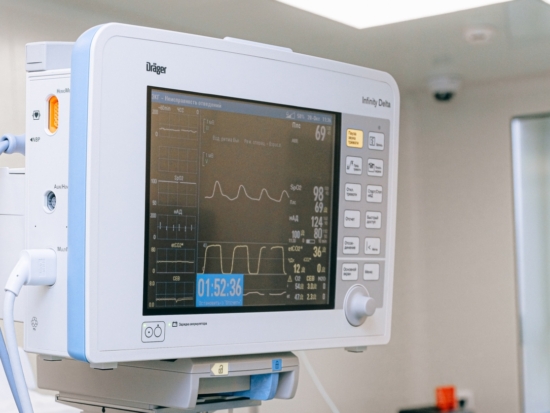Looking forward to recovery – be it L, U or V-shaped

Last month this column considered the range of 2020 market projections that existed. In short, as the column concluded, the consensus is that tyre demand will decline somewhere between 15 and 26 per cent during the course of this year. However, such a conclusion may also be on the conservative side. Certainly, when you talk with tyre wholesalers and distributors on the ground, some of those that didn’t opt to close their doors for a few weeks experienced even more marked declines in the short-term. Reports of tyre shops running on demand 70 to 75 per cent less than pre-lockdown levels are not uncommon. And yet, as lockdown eases across various UK and European markets – as well as beyond – the focus is quite rightly shifting to recovery.
Of course, such a shift in focus is easier said than done. At the time of going to press, SMMT published its April 2020 commercial vehicle production figures which showed that only 15 units ran off UK commercial vehicle (CV) production lines in April, down a huge 99.3 down year-on-year. While many of us are getting tired of hearing the word, it is hard not to agree with SMMT chief executive Mike Hawes when he says such numbers are “unprecedentedly low”. Likewise, we must acknowledge that 90 per cent of car manufacturers closed their factories and halted operations between February and March. Many have reopened, but some – namely Volkswagen – have actually opened and reclosed since then. For VW the rationale was that lockdown may have lifted, but demand hasn’t risen with it.
Nevertheless, the precedents from Far Eastern car factories offer some light at the end of the tunnel. By mid-May more than 40 per cent of Chinese car manufacturing operations had resumed production. Here a direct comparison with Volkswagen is useful. While VW has stop-started European production on the basis of low demand, by the middle of May, 32 of Volkswagen’s 33 Chinese plants were operational again. In other words, China, which felt the negative impact of the coronavirus a month or two ahead of the rest of us, also appears to be recovering a month or two ahead of Europe.
But as much as car makers are inextricably linked to the tyre industry, they are not tyre manufacturers. Here, a particular focus on the first quarter performance of the largest tyre manufacturers reveals that they actually outperformed carmakers at this time. Bridgestone and Continental, for example, reported 9 per cent and 13 per cent drops in first quarter revenue respectively. However, Fiat Chrysler and VW reported 32 per cent and 18 per cent falls in first quarter revenue by comparison. The stability of tyre manufacturers is obviously good news for the supply chain, but what about consumer tyre demand?
Clearly, physical footfall evaporated in the first quarter of 2020 due to lockdown restrictions across the major European countries. But while Rezulteo reported that Google searches for tyre-related keywords fell around 18 per cent in March and April; and while online tyre retail specialist Delticom reported that it sold 15 per cent fewer passenger car tyres in the first quarter of 2020, there are two reasons to interpret this data optimistically. Firstly, a 15 per cent or even an 18 per cent drop in demand is far better than the 50, 60 and even 75 per cent demand destruction witnessed at some points in the retail chain. And secondly, other sources such as our own WhatTyre.com pre-sale research tool actually witnessed a 50 per cent in crease in traffic between April and May. Of course, this latter point does not represent the whole market, but taken together these points could be interpreted as meaning that some pent-up demand is beginning to arise. The important thing from here on in is that the market is supported in its recovery.
ETRMA (along with virtually every European automotive association) has called for such support. In the UK efforts have focused on lobbying for the reconsideration of MOT relaxation rules and the proactive support of creatively-minded suppliers. For our part, in addition to delivering all the latest and most pertinent news and analysis, at the end of May we hosted a “Kick-start your tyre business” webinar, which sought to bring together a panel of tyre retail experts representing different scales and styles of business from across the country. As well as hearing their respective lockdown stories, we wanted to share their reopening and business support advice in order to help everyone move towards a hopefully brighter future (click here for further details).
But when it comes to predicting recovery, ask a market analyst and they will tell you it will be an L, U or V-shaped. In other words, it will either be long and slow, gradual or relatively sharp. There are good reasons for each scenario, but at the end of the day, whatever the adversity, what cannot be denied is that the creativity of hardworking teams is what keeps businesses moving forward.

 SMMT
SMMT JK Tyre
JK Tyre

Comments